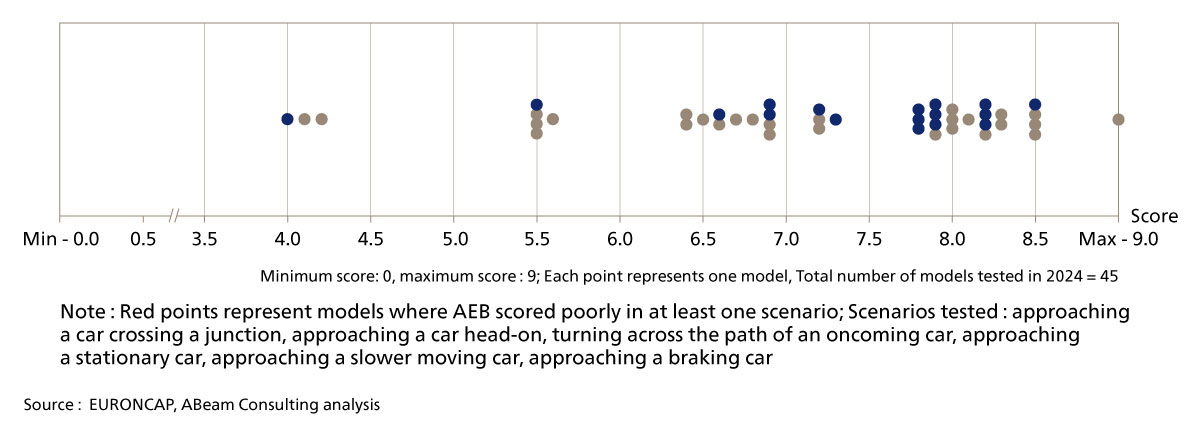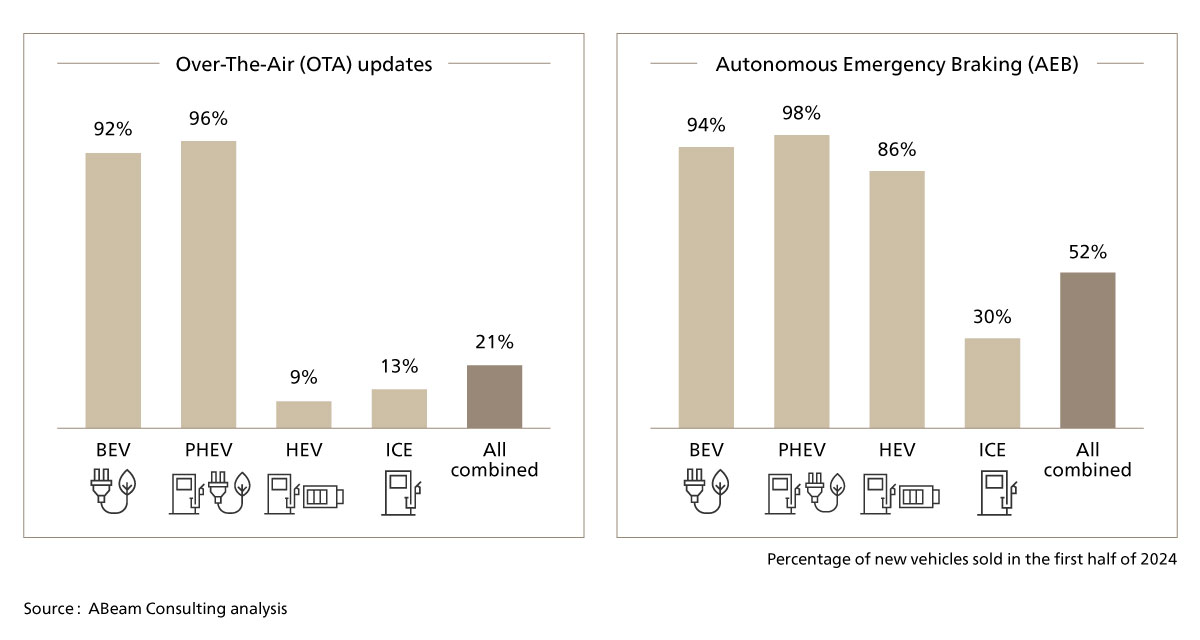Southeast Asia is in the midst of electrification transformation, Battery Electric Vehicle (BEV) sales growing to over 220,000 units in 2024—a 70% increase over the previous year. This growth is also impacting adjacent segments of the automotive ecosystem. One such impact is in motor insurance, a US$10 billion market in Southeast Asia where the adoption of BEVs has created more risks for insurance companies.
Motor insurance represents a major revenue source for insurance companies in Southeast Asia. As an example, in Thailand, motor insurance accounts for close to 20% of the overall insurance market, and more than half of the non-life insurance market. The motor insurance market is growing driven by a burgeoning middle class and increasing vehicle ownership rates. However, this traditional segment requires changes to adapt to and accelerate the adoption of cleaner and safer transportation.





